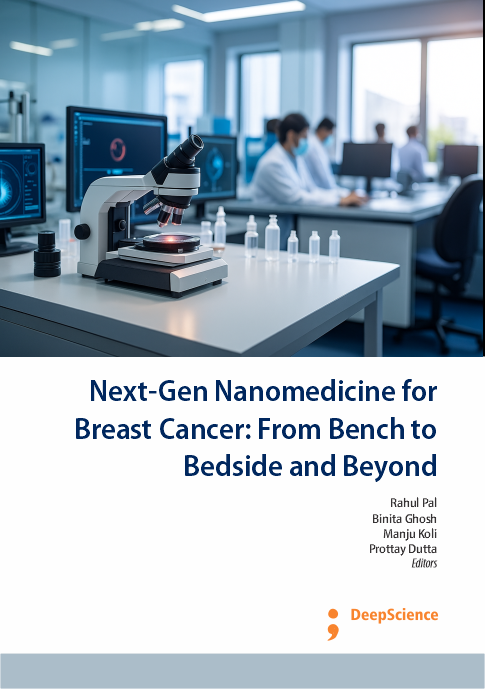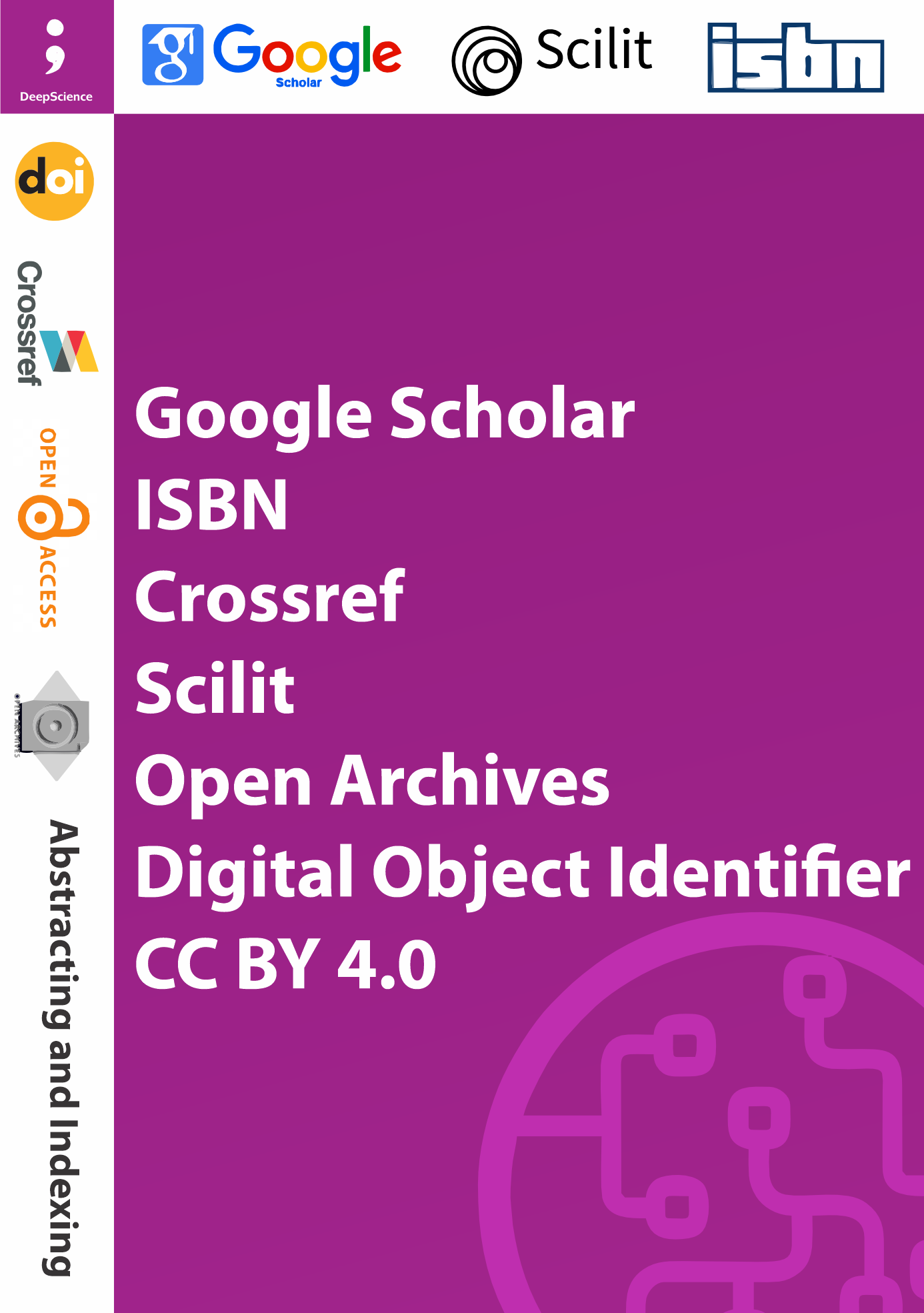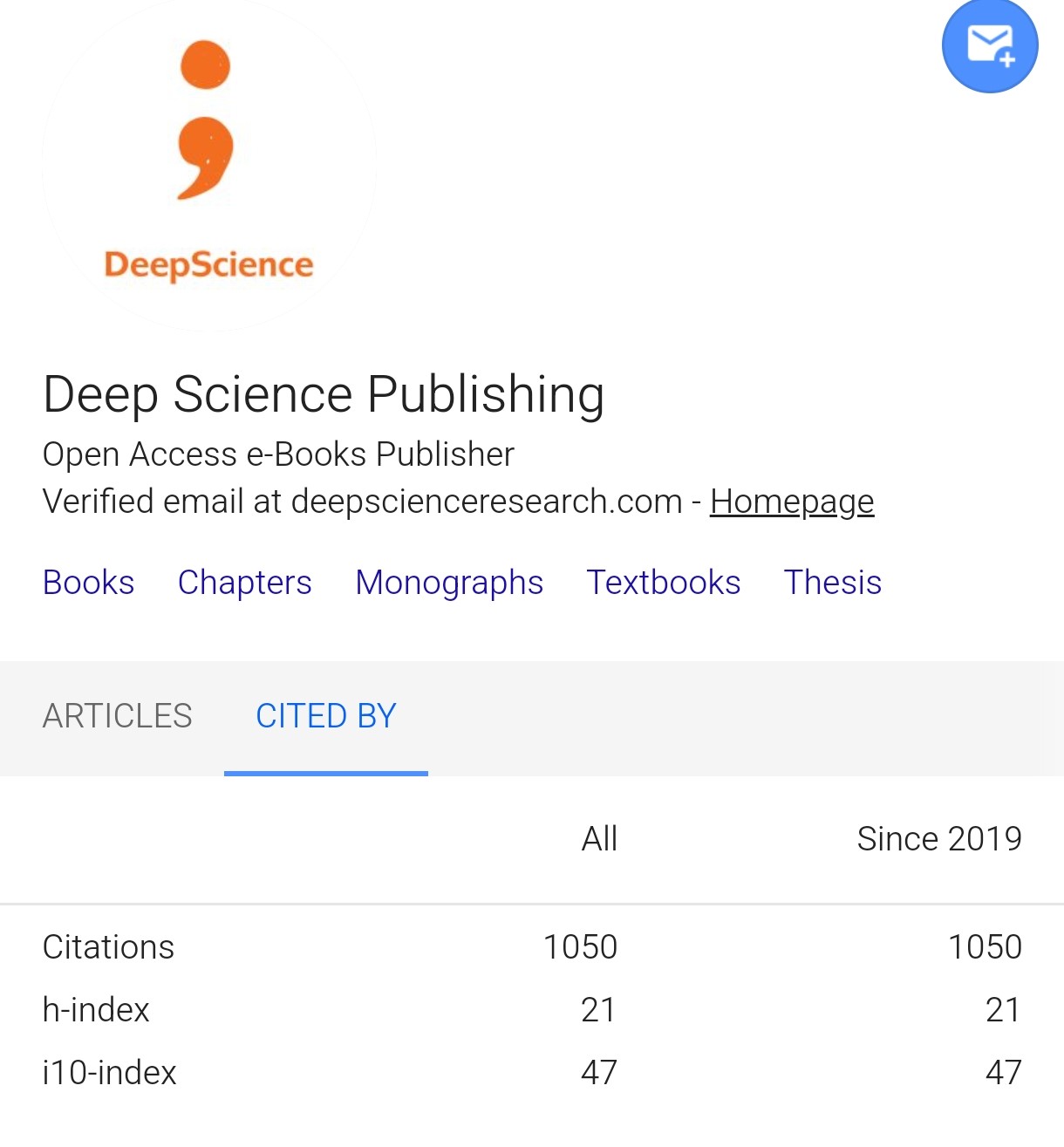Introduction to Nanomedicines in Breast Cancer: Evolution and Emerging Frontiers
Synopsis
Breast cancer has been one of the prevalent and life-threatening cancer in women all over the world. Non specific toxicity, drug resistance, and poor therapeutic effect tend to be observed in some of the applications of conventional methods of treatment including surgery, chemotherapy, and radiation. Such deficiencies have heralded the advent of nanomedicine which has opened up a transformative approach in the therapy of breast cancer and this approach has arrived in the form of target, control and sustained drug delivery with augmented biocompatibility and reduced systemic toxicity. An advancement has been giant in the pharmacokinetics and biodistribution of anti-cancer agents using contemporary development of nanocarriers- such as liposome, dendrimers, polymeric nanoparticle, micelles and solid lipid nanoparticle. The newer advances include ligand-guided imaging, pH-sensitive delivery and theranostic capabilities, allowing imaging addable to treatment. Moreover, the development of smart nanomedicines that can be triggered by the factors of tumor microenvironment (pH, enzymes, temperature) is also indicative of the move towards personalized and precision oncology. Though the laboratory evidence is promising and at least a couple of nanoformulations have been approved by FDA, clinical translation is challenging due to the complex regulatory demands, issues of mass reproducibility and safety. The trends in history, present affairs and prospect of nanomedicine in the treatment of breast cancer were discussed in this chapter.













